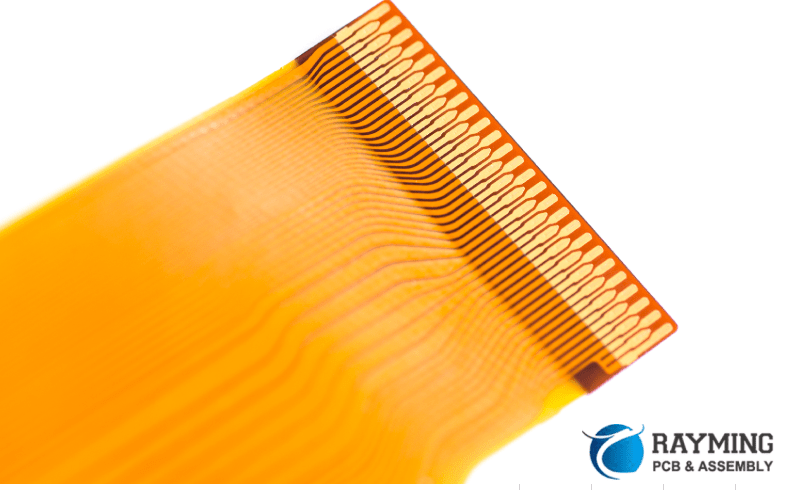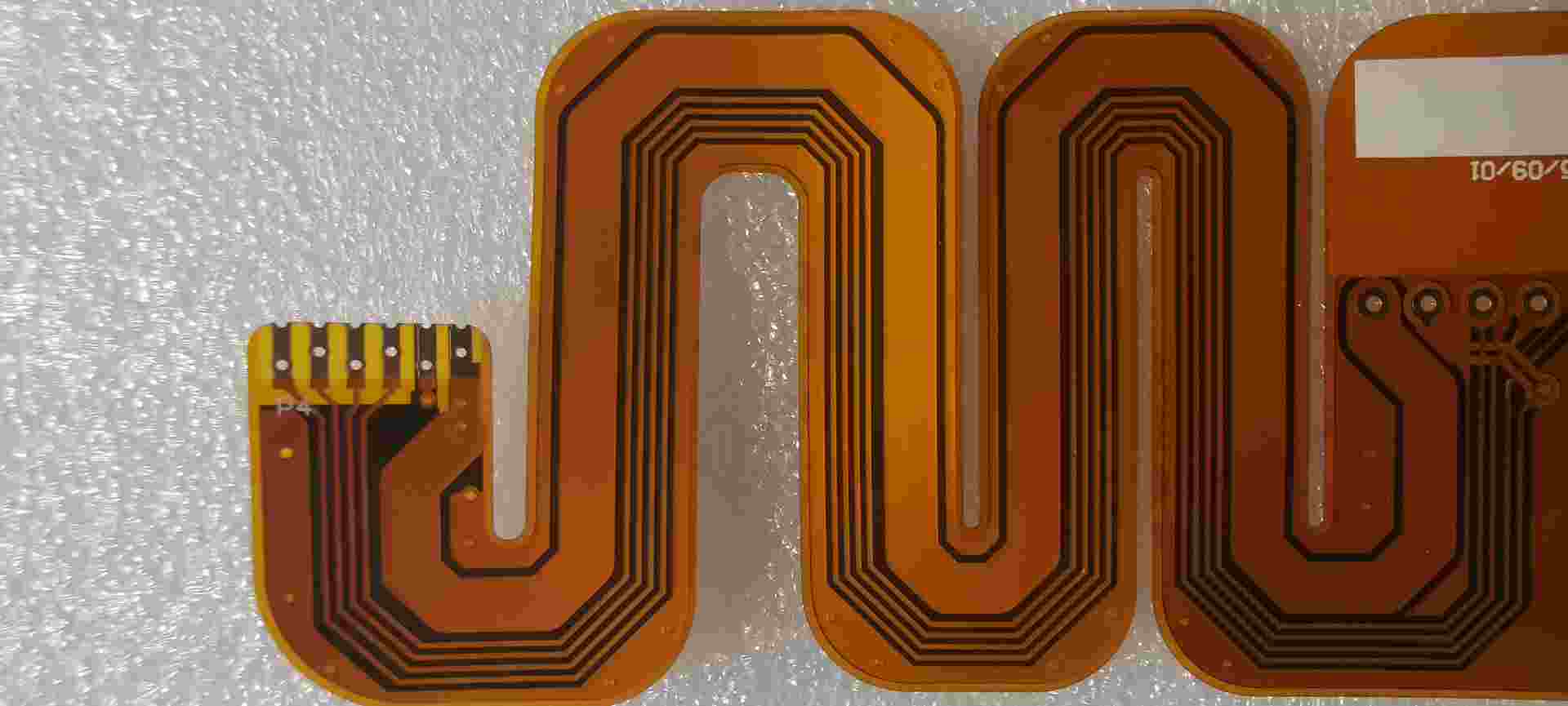
ALL ABOUT FLEX PCB
-
The Importance of Flex Coverlays in PCB Design
Posted by
–
 Read more: The Importance of Flex Coverlays in PCB Design
Read more: The Importance of Flex Coverlays in PCB DesignIntroduction to Flex Coverlays A flex coverlay, also known as a flexible coverlay, is a thin, flexible dielectric film that is laminated onto printed circuit boards (PCBs) to protect the conductive circuitry. Flex coverlays provide electrical insulation and protect against environmental contamination like moisture, dust, chemicals, and physical damage. They […]
-
The Ultimate Guide to 10 Layer Flexible PCBs
Posted by
–
 Read more: The Ultimate Guide to 10 Layer Flexible PCBs
Read more: The Ultimate Guide to 10 Layer Flexible PCBsIntroduction Flexible printed circuit boards (PCBs) have become increasingly popular in recent years due to their ability to bend and flex to fit within tight spaces. 10 layer flexible PCBs take this technology even further, providing more layers for increased circuit complexity while still maintaining flexibility. In this comprehensive guide, […]
-
 Read more: Single Layer Flexible PCBs: A Guide to Design and Manufacturing
Read more: Single Layer Flexible PCBs: A Guide to Design and ManufacturingIntroduction Flexible printed circuit boards (PCBs), also known as flex circuits, are made with flexible substrate materials that can bend and flex without damage. Single layer flex PCBs have a single conductive copper layer on one side of the flex substrate. They provide a simple and cost-effective solution for many […]
-
 Read more: 8 Layer Flex PCBs: A Guide to Advanced Flexible Printed Circuit Boards
Read more: 8 Layer Flex PCBs: A Guide to Advanced Flexible Printed Circuit BoardsFlexible printed circuit boards (flex PCBs) allow circuitry to bend and flex to fit into tight or dynamic spaces. As electronics become smaller and more complex, flex PCBs have become increasingly popular options. While 2-4 layer flex PCBs meet many needs, advanced applications may require more layers. 8 layer flex […]
-
The Essentials of 2 Layer Flex PCBs
Posted by
–
 Read more: The Essentials of 2 Layer Flex PCBs
Read more: The Essentials of 2 Layer Flex PCBsIntroduction to Flex PCBs A flexible printed circuit board (flex PCB or flex circuit) is a type of printed circuit board that is made of flexible materials such as polyimide. Unlike traditional rigid PCBs, flex PCBs can bend and flex. This allows them to be used in applications where a […]
-
4 Layer Flex PCB Design and Manufacturing
Posted by
–
 Read more: 4 Layer Flex PCB Design and Manufacturing
Read more: 4 Layer Flex PCB Design and ManufacturingIntroduction A flex PCB, also known as a flexible printed circuit board, is a type of PCB made of flexible materials that can bend and flex. Flex PCBs allow for more versatile PCB designs that can fit into tight or moving spaces. 4 layer flex PCBs contain 4 conductive copper […]
-
6 Layer Flex PCB: Design and Manufacturing Guide
Posted by
–
 Read more: 6 Layer Flex PCB: Design and Manufacturing Guide
Read more: 6 Layer Flex PCB: Design and Manufacturing GuideIntroduction Flex PCBs, also known as flexible printed circuit boards, are circuit boards made of flexible dielectric materials such as polyimide. Flex PCBs can be bent and twisted without causing damage to the copper traces, allowing them to conform to three-dimensional product enclosures. 6 layer flex PCBs contain 6 conductive […]
-
 Read more: Flexible PCB Substrate Materials: A Guide to Properties and Applications
Read more: Flexible PCB Substrate Materials: A Guide to Properties and ApplicationsIntroduction Flexible printed circuit boards (flex PCBs or flex circuits) are an important enabling technology in modern electronics. As devices continue getting smaller and more portable, flex PCBs allow circuitry to bend and flex to fit into tight spaces. The substrate, or base material, is a key part of any […]
-
Flexible PCB Printing: An In-Depth Guide
Posted by
–
 Read more: Flexible PCB Printing: An In-Depth Guide
Read more: Flexible PCB Printing: An In-Depth GuideIntroduction Flexible printed circuit boards (PCBs) have become increasingly popular in recent years due to their many advantages over traditional rigid PCBs. Flex circuits can bend and flex to fit into tight or moving spaces, be folded to save space, and shaped to accommodate unique form factors. As flexible PCB […]
-
IPC Flex Circuit Standards: An In-Depth Guide
Posted by
–
 Read more: IPC Flex Circuit Standards: An In-Depth Guide
Read more: IPC Flex Circuit Standards: An In-Depth GuideIntroduction Flex circuits, also known as flexible printed circuits, are a critical component in modern electronics and enable compact, lightweight circuitry for everything from consumer devices to mission-critical aerospace systems. As flex circuits grow more complex and serve increasingly demanding applications, standards play a vital role by promoting design and […]




